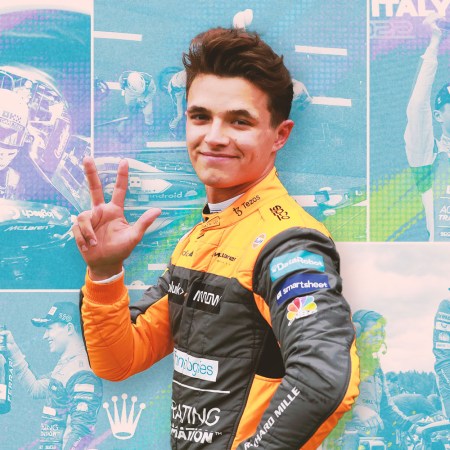Ask any race fan which event is the most prestigious in motorsport, and they will invariably say Formula 1’s Monaco Grand Prix, even if it’s a begrudging admission.
Detractors will lament that the passing is infrequent, that the event is tantamount to pageantry and that the F1 calendar’s most stalwart event — which dates back to 1929 and is part of the Triple Crown of Motorsport — is outdated. While much of that is up for debate; what can’t be argued is the uniqueness of the legendary street circuit, the challenges it presents and the skill required to make such an event look “boring,” as Max Verstappen reminded us all this weekend.
The current Formula 1 World Champion and Red Bull Racing driver sailed from pole position to a victory that was anything but easy. Behind him for most of the race was Aston Martin’s Fernando Alonso, who is currently F1’s most senior and thus experienced driver, with a reputation for tenacity.
Of all the cars on the grid, Red Bull’s vehicles were the most dominant last year and continue to be during this current season, making Alonso’s heel-nipping an exciting change of pace. Unfortunately, switching Alonso’s car to a less effective tire during a splash of wet weather all but guaranteed Verstappen’s first place finish.
Targa Florio Is the Greatest, Most Dangerous Car Race You’ve Never Heard Of
Historians discuss the romantic and dangerous Sicilian mountain race that inspired the Porsche TargaIt’s easy to sum up any single F1 race in a handful of sentences (if you miss a Sunday, just scroll through their Instagram and you’ll get the recap), but what’s harder to truly convey is how thrilling it is to witness the Monaco GP, even when the current frontrunner walks away with yet another barely-challenged win.
The race is set along the streets of Monte Carlo, the central quarter within the principality of Monaco in the French Riviera. This stunning backdrop alone is enough to make the Monaco GP worth a watch, but it’s the ancient coastal city’s densely bunched roads that make it one of the most challenging circuits to tackle and thus exciting to experience. The slender roads snake along the mountainous coastline, between Belle Époque buildings and down to the yacht-filled bay below. These notoriously narrow causeways have racers thread the needle through tight bends as they climb and descend hills at breakneck speeds, where every millimeter of space is all the more precious and mistakes are harshly punished.
Monaco’s natural splendor, historical layout and long-standing affluence have made the Grand Prix a must-attend event for people of all walks of life, from fashion moguls looking to make a splash with their latest debuts to the racers themselves hoping to add this highly difficult race on their list of wins. It’s a (pun intended) formula that race organizers try and fail to replicate elsewhere, with the new Miami GP as the latest dud attempt.
Yes, passing is tough and the driver who starts in front usually finishes in front, but simplifying it to that extent diminishes the sheer talent needed to navigate a city circuit that normally wouldn’t (and technically doesn’t) meet the modern safety standards set by the FIA — Formula 1’s governing organization — if it weren’t for special dispensations. It gets these because of how exciting, beloved and even romantic the Monaco Grand Prix can be.
The race is a lot of things, many of which can be argued over, but boring? Never.
Whether you’re looking to get into shape, or just get out of a funk, The Charge has got you covered. Sign up for our new wellness newsletter today.


















